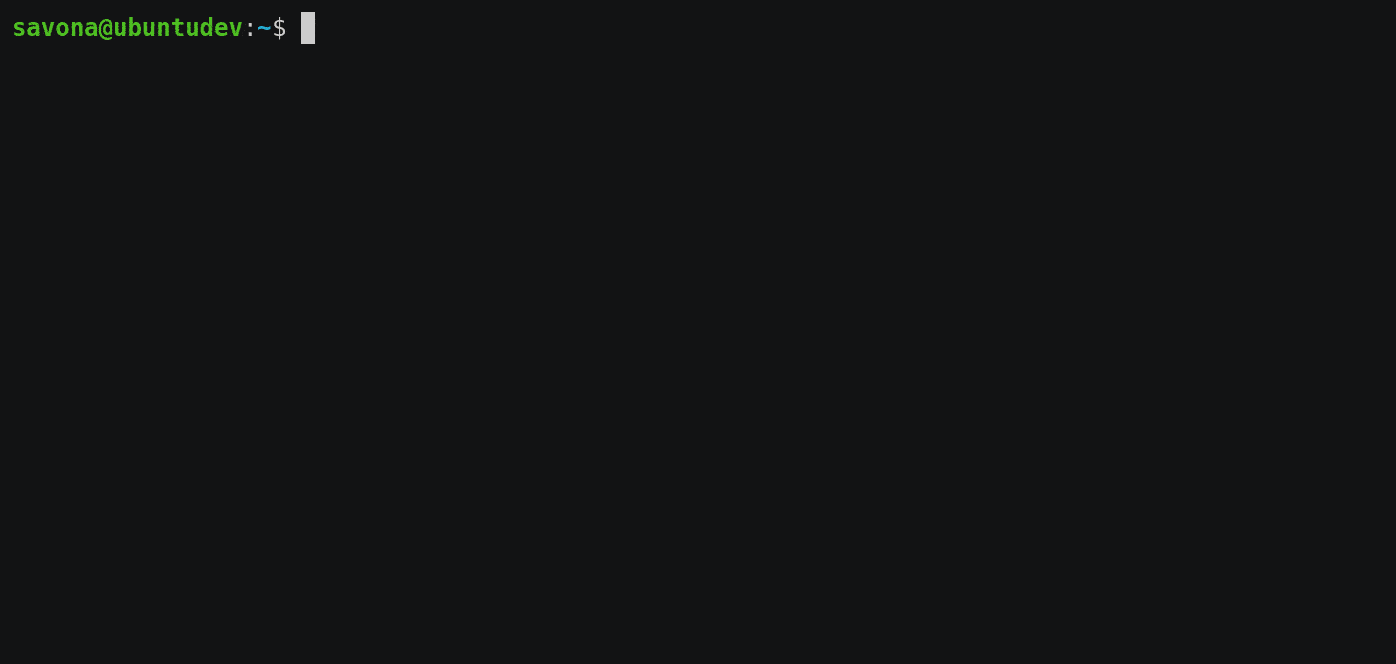131 private links
This is an easy to understand example based tutorial aimed at those who know nothing of awk.
In order to increase fluency in a programming language, one has to read a lot of it. But how can you read a lot of it if you don't know what it means?
In this article, instead of focusing on one or two concepts, I'll try to go through as many Rust snippets as I can, and explain what the keywords and symbols they contain mean.
Ready? Go!
Use the cheat utility to keep Linux cheat sheets handy on the command line. Personalize your cheat sheets by editing and creating them to suit your needs.

There is often the desire to start "standard" or pre-configured workspaces in tmux.
For example, run tail on two log files in a pane, or to start both vim and mysql in a pane, etc.
If you try to find information about starting tmux workspaces, you typically get advised to use wrapper programs such as tmuxinator, tmux-resurrect, or tmux-continuum. These programs may be great, but the article proposes a simpler approach.
I personally like this approach.
In a world of evolving and targeted cyber threats understanding your attacker’s intentions and tools has never been more crucial. By deliberately maintaining vulnerable systems, or Honey Pots, and letting the attackers in you can analyse their activity and gather intelligence so you can be ahead of the game if you ever have a compromise. When running an SSH Honey Pot you can gain a full log of the commands an attacker attempts to run on your system and any files which they attempt to download and can be a great way to obtain samples of malicious software for analysis or understand the techniques used by an attacker to scour your data.
This article, explains different ways of preventing Git from repeatedly prompting for username and password when interacting with a remote repository over HTTP(S).
How to combine data spread over two CSV files, like separate tables in a normalized relational database.
exa is a replacement for the venerable ls command. exa sports more features and arguably better defaults. Free and open source software.
Learn how to use TF-IDF and scikit-learn to extract important keywords from documents. This is a full working example using the Stack Overflow dataset.
Learn how to use the k-means clustering algorithm to segment data.
Git Essentials Crash Course - Introduction This is not Java but several newbie developers ask the same question, how to use GIT and how does GIT works so here it goes...
Bayes Theorem provides a principled way for calculating a conditional probability. It is a deceptively simple calculation, although it can be used to easily calculate the conditional probability of events where intuition often fails. Bayes Theorem also provides a way for thinking about the evaluation and selection of different models for a given dataset in …
Finally, after many people have asked for it: here is part two of the mutt-series: this time we talk about actually using and configuring mutt, and some other smaller tools needed for a nice email-workflow.
The link to part one is reported in the beginning of the article.
In order to use a GnuPG key on a smartcard or Yubikey, a GnuPG key needs to be created. This post will show you how to create a GnuPG key with sub-keys for signing, encryption and authentication. The authentication key can be used later on to authenticate via ssh as well.
peco is a CLI utility that filters text interactively. The tool is written in the Go programming language. It's free and open source software.
A simple walkthrough of what RNNs are, how they work, and how to build one from scratch in Python.
Say you have an external hard drive with layers upon layers of cryptically named folders and intricate mazes of directories (like here, or here). How can you make sense of this mess? Python offers various tools in the Python standard library to deal with your file system and the folderstats module can be of additional help to gain insights into your file system.
In this article, you will learn the various ways to traverse and explore the file system with Python. In the next section, you will see how to extract statistics from files and directories. In the last section, you will see a practical way to analyze folder structures with folderstats and Pandas with some use cases and visualizations along the way.
